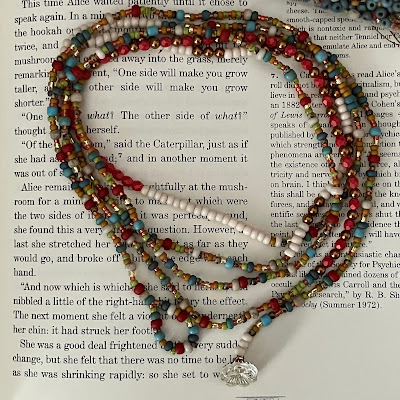Thornyhold by Mary Stewart: Just about the gentlest possible story you could imagine about witches in a small English village. As with most of Stewart's romantic suspense novels, the protagonist is an orphan looking for a purpose. In this story, she inherits a cottage from her witchy aunt and finds among her neighbors a busybody who seems to have powers of her own and a handsome widower with an adorable son.
The Very Secret Society of Irregular Witches by Sangu Mandanna: Just about the coziest story you could read about witches in a small English village, complete with magical potions, adorable moppets (three daughters this time), a goofy dog, and a sweet romance. As one would expect from a modern romance, the magic is a much bigger deal than in Stewart's novel and the characters are dealing with not just a growing attraction but their own past trauma. It was lovely, and I look forward to Mandanna's other novels.
Howl’s Moving Castle by Diana Wynne Jones: Just about ... eh, I guess third time's not the charm. While waiting for some holds to come in at the library, and having just watched Miyazaki's adaptation of Howl, I decided to re-read it. Some day I have to get the sequels.
Cackle by Rachel Harrison: Every once in a while I feel like my understanding of a book is vastly different from others’, or at least of those who are active online. Cackle is often described as a cozy, witchy, feminist novel, and it is that, but there is serious psychological horror underlying it. “It’s about female friendships, and not needing a man to have a fulfilling life!” It is, but it is also about how friendships can be just as toxic as romantic relationships. “It’s about empowerment and discovering your authentic self!” But Annie’s empowerment comes at the expense of a whole lot of people. The life Annie ultimately chooses – carefree, living day to day, enjoying nature and beauty and good food – seems like a dream to anyone mired in the daily grind, but it is ultimately a superficial life, lacking in meaningful connection or purpose of any kind. Annie finds herself but loses her humanity, and to me that is a horror.




 ,
,


















